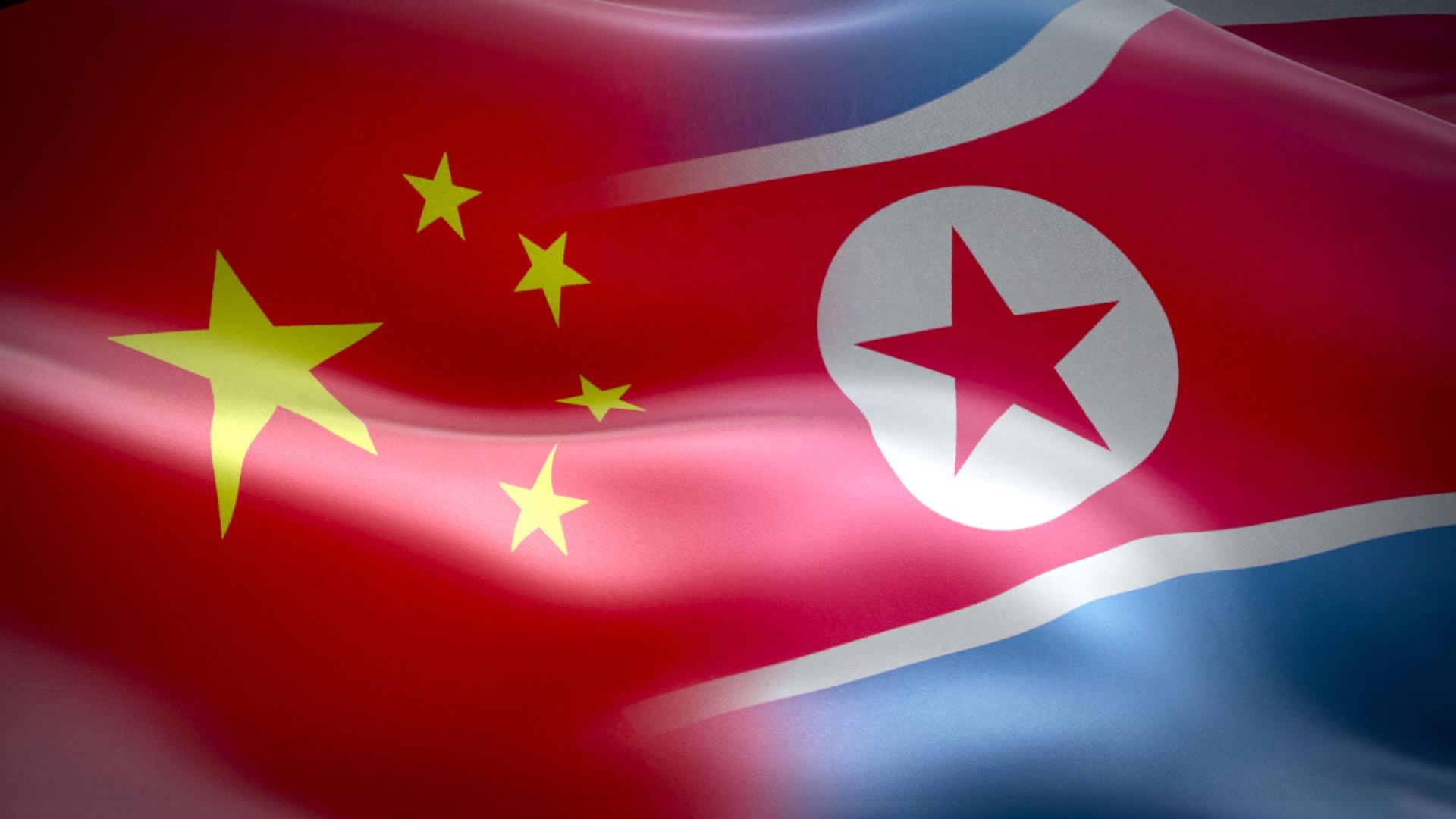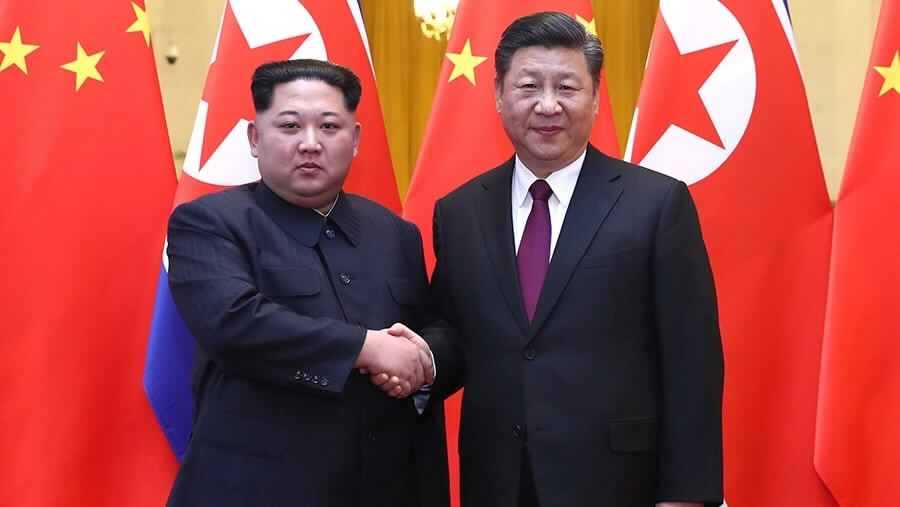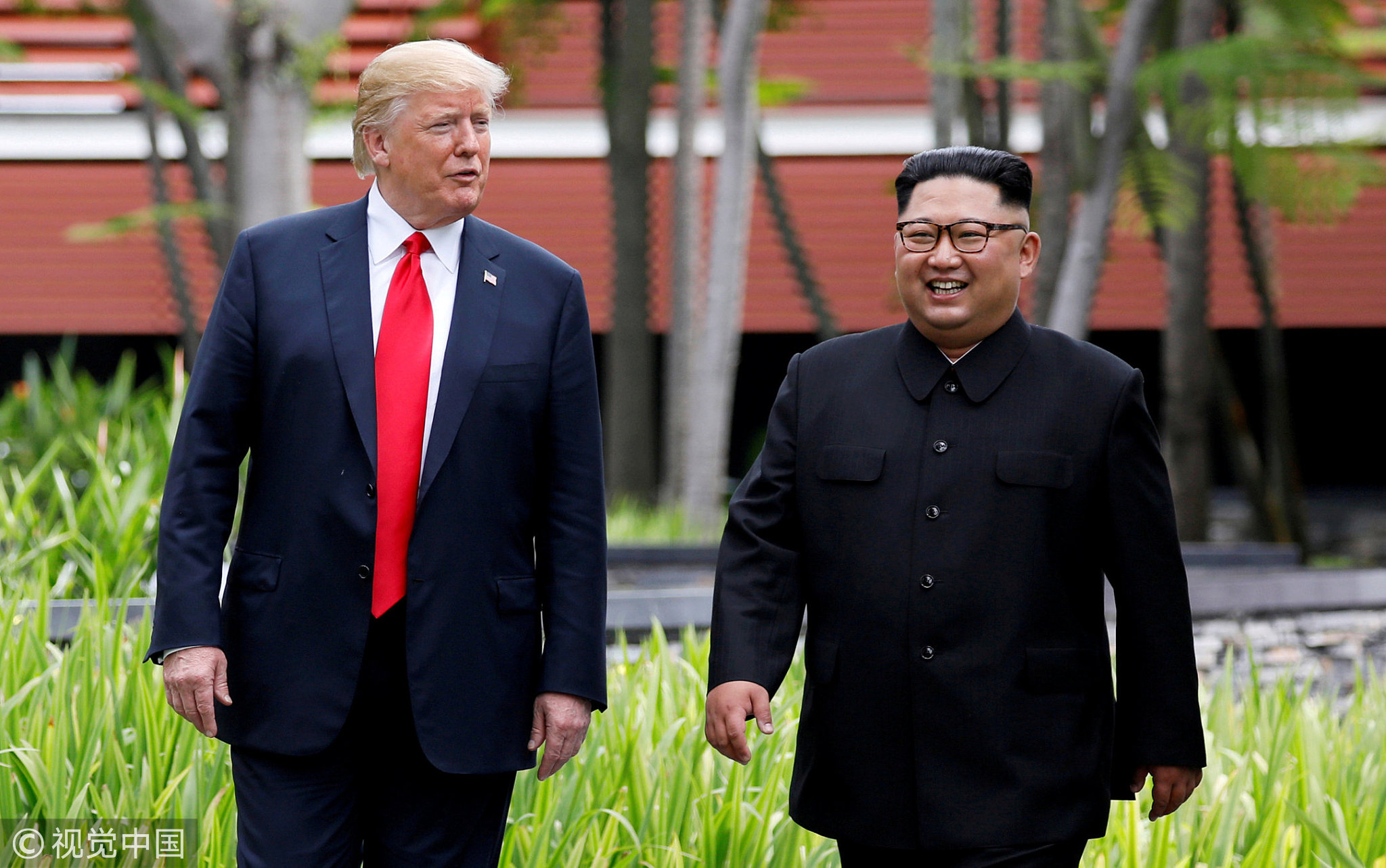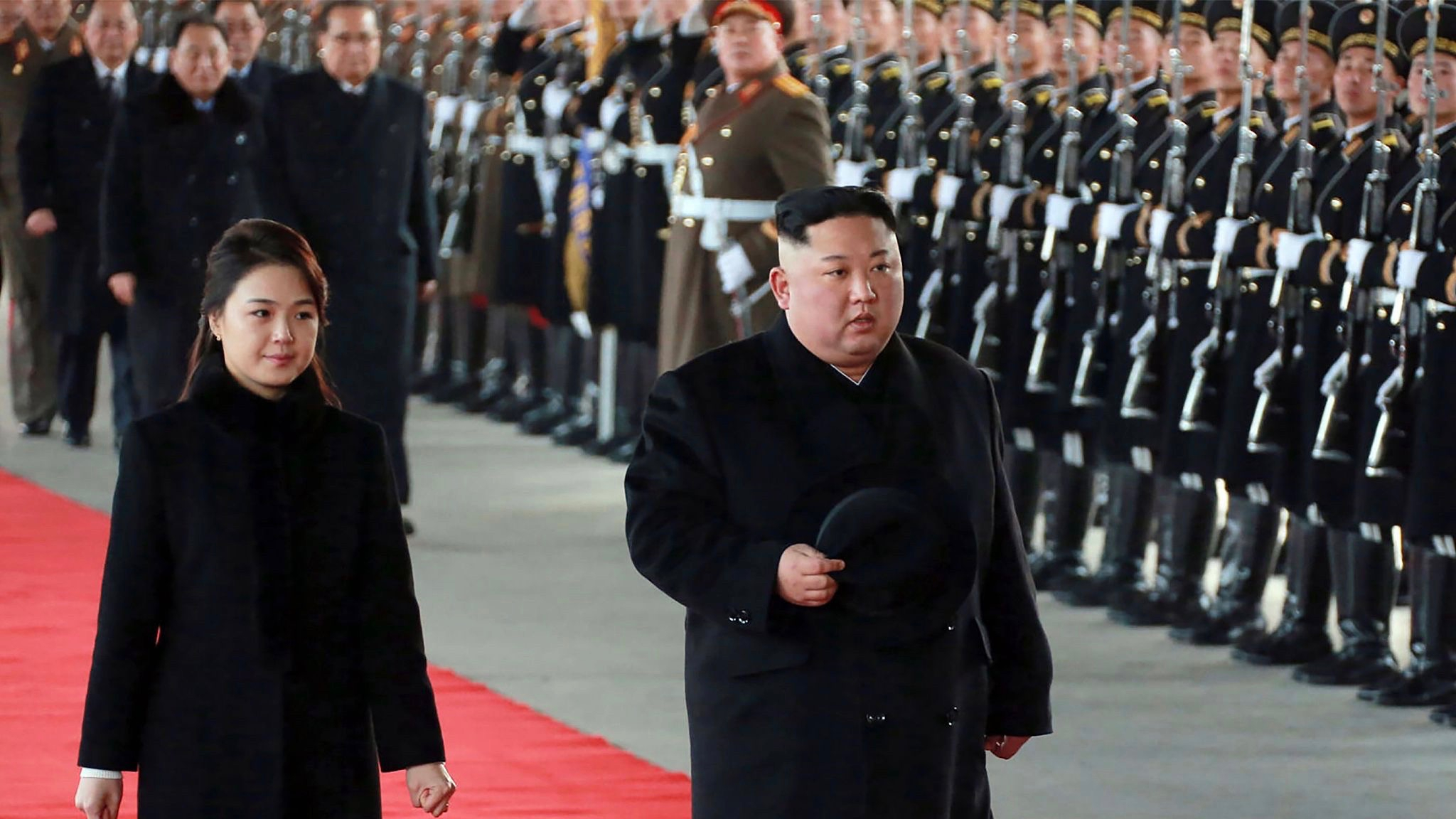

Editor's Note: Tom Fowdy is a British political and international relations analyst and a graduate of Durham and Oxford universities. He writes on topics pertaining to China, the DPRK, Britain and the United States. This article reflects the author's opinion and not necessarily the views of CGTN.
Last night Chinese media, as well as the DPRK's KCNA, announced that Chinese President Xi Jinping would be making his first official visit to Pyongyang from June 20 to 21. The event marks the first visit by a leader of the PRC to the DPRK in 14 years, the latest step in what has been a growing rapprochement between the two neighboring states since March last year, DPRK leader Kim Jong Un having already made four visits to China.
In the background, Pyongyang has been striving to negotiate concerning its nuclear program with the U.S., a series of talks which have so far failed to yield any major breakthrough.
So why has President Xi chosen to visit the country now?

Chinese President Xi Jinping (right) and DPRK leader Kim Jong Un meeting in the Great Hall of the People in Beijing, March 28, 2018. /Xinhua Photo
While the Chinese leader will certainly offer his support to continuing diplomacy, stability on the Korean Peninsula and U.S.-DPRK talks, it is nevertheless pivotal for China to uphold its interests in sustaining a friendly relationship with Pyongyang in the midst of growing tensions with Washington.
In doing so, President Xi will offer a reminder to the U.S. that DPRK denuclearization cannot be achieved through unilateral demands or coercive force. Thus, China is prepared to re-emphasize long-held ties with the DPRK while encouraging progress in a pragmatic and sustainable way.
China-DPRK relations suffered undue turbulence in recent years. Despite the symbolism of the China-DPRK Friendly Cooperation and Mutual Aid Treaty between the two states, Beijing grew concerned about threats to regional stability induced by Pyongyang's nuclear and missile testing, which invited an aggressive U.S. response with the “maximum pressure” stance of the Trump administration.
This led to a number of United Nations Security Resolutions which saw China choose to cooperate with the administration in placing new measures upon its neighbour with the goal of facilitating negotiation, dialogue and compromise.
By 2018, Pyongyang indicated that it was interested in dialogue, and thus, China as a regional party sought to facilitate it. As a result, Xi Jinping and Kim Jong Un engaged in a number of summits, three in Beijing and one in Dalian.
In each scenario, China sought to offer its support to the ongoing U.S.-DPRK dialogue and encouraged Washington to take a flexible and stable approach to negotiations. This, however, did not materialize.
The Trump administration has repeatedly demanded denuclearization on strictly one-sided unilateral terms, requesting Pyongyang surrender its entire capability before offering any sanction relief. Such terms saw the summit between Trump and Kim in Hanoi end abruptly.

U.S. President Donald Trump and DPRK leader Kim Jong Un take a walk after lunch at the Capella Hotel on Sentosa Island in Singapore, June 12, 2018. /VCG Photo
Also, despite having asked China help with the DPRK nuclear issue, Washington has significantly increased tensions against Beijing on multiple fronts, including an increasingly escalated trade war and an outright assault on the telecommunications firm Huawei.
In a similar fashion to Pyongyang, Washington's demands have again been one-sided with the view of attaining "capitulation" rather than negotiation. In each instance, the White House has shown no interest in productive diplomacy.
As a result, Xi’s visit to the DPRK not only establishes the importance of China’s role on the DPRK nuclear issue but also sends a message to Washington that coercive demands cannot be the way forward.

DPRK leader Kim Jong Un (right) and his wife Ri Sol Ju leave Pyongyang's railway station to visit China, January 7, 2019. /VCG Photo
Rekindling long-held ties with Pyongyang and moving past recent differences, Xi is offering Kim political and diplomatic space to ensure that he is not overwhelmed in his negotiations with the U.S. and that the process cannot negate multilateralism.
In doing so, he will voice support for continued dialogue between Kim and Trump, but with the reminder that such terms should be fair and mutual.
Thus, it is important to note that China will remain an important stakeholder and player on the Korean Peninsula and is crucial for a balanced pathway forward on the matter of denuclearization.
Beijing's relationship with Pyongyang remains of longstanding importance due to the prevailing strategic interests at hand, and it is prepared to uphold it. Thus, if Washington strives to make serious progress, it must understand that it cannot negate the relationship, nor can it expect to gain the upper hand through unilateralism.
(If you want to contribute and have specific expertise, please contact us at opinions@cgtn.com.)

Copyright © 2018 CGTN. Beijing ICP prepared NO.16065310-3
Copyright © 2018 CGTN. Beijing ICP prepared NO.16065310-3